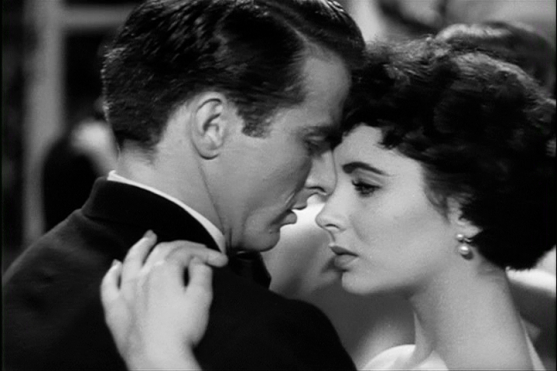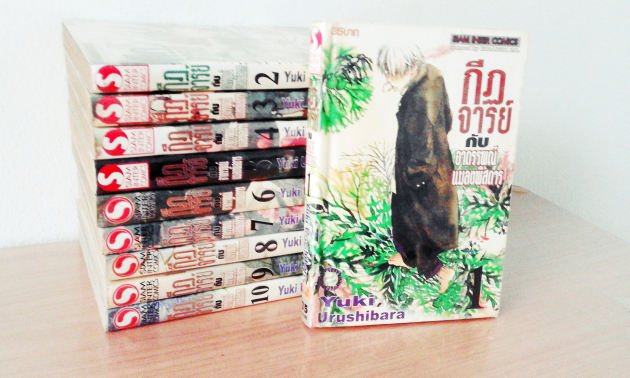
Imagine, the first really big boom and bust in the history of financial markets was over plants – tulip bulbs.
It is the 1630s in The Netherlands. People are enchanted by the beauty of the newly arrived Turkish bulbs. Their value climbs into the stratosphere with every level of society trying to get in on the action. It’s a country gone mad with some betting their very homes on the value of one bulb. In 1637 the Dutch government steps in to stop the craziness and declares them worth ten percent of what speculators are paying. The move is too late and all lose in the depression that follows.
This is the Golden Age in the Netherlands. Amsterdam is the richest city in Europe because of its far-flung shipping trade. The Dutch East India Company brings to the city exotic goods from all over the globe. Everyone from fishmonger to ship owner has extra guilders.
The Reformation is in full swing with Calvinism taking over Amsterdam. Catholics are tolerated but their churches closed. They are allowed to worship in private homes but only members of the Reformed Church can hold public office. The new religion doesn’t go in for elaborate decoration like the Roman church. That dries up church patronage of the arts. Wealthy Dutch businessmen take up the slack and commission art for their homes. Portraits and Dutch interior paintings are in vogue.
Deborah Moggach deftly uses this historical setting in Tulip Fever, her tale of love and betrayal. It’s the story of Sophia, a lovely young girl from a recently impoverished Catholic family who is married off to a widower, Cornelis Sandvoort, who has already lost two children and a wife. He is Protestant, wealthy and greatly desires an heir. Sophia submits to his nightly attempts to bring that child into being. She is grateful for his support of her family but thinks of herself as an upturned beetle pressed down by a shoe in their bed. Not exactly a romantic description of lovemaking.
Enter handsome young artist Jan van Loos. Cornelis hires him to paint their portrait. He buys a bouquet of Tulipa Clusiana to include in the portrait.
“Do they not remind us of the transitory nature of beauty, how that which is lovely must one day die?” he says.
Yes, beauty is transitory and so is youth and passion and the stock market. Hold your breath. Moggach’s prose is exquisite. Here are the Dutch after Sunday church.
“Churchgoing has purified them; they have repented their sins and been made whole; they have been saved from eternal damnation. They move like a black wave through the streets. Their souls are as scrubbed clean as the doorsteps along the way; their faith is as shiny as the door knockers. How clean is his nation, scoured both within and without!”
As tulip bulbs fuel recklessness in the people of Amsterdam, love ignites madness in Sophia. She and her maid Maria, concoct an outlandish plot. Circumstances have left them with no other choice, they believe. But fear of the supernatural creeps in on Sophia. She sees condemnation as she walks the streets of Amsterdam.
“It’s raining. I hurry down the Street of Cheeses, down toward the harbor. The place is deserted. In the shops the huge Goudas sit like boulders; they sit in judgment.”
Amsterdam is a significant character in Tulip Fever. Its beauty is mirrored in its canals; its energy bursts out of its warehouses. Like a woman, the city has many faces -the rinsed-clean look of a sunny day – the moodiness of a misty night.
“Nights are eerily still. Fog rises off the water. Figures can slip through the alleys undetected, for the fog is so dense that a man can scarcely see his hand in front of his face. Amsterdam is a city of ghosts, of crimes that leave no trace, for those who commit them are swallowed up into the vaporous night.”
This is a well told morality tale attesting to the greed of all. It is greed for beauty, deceptive beauty at that. For the most prized tulips with bold stripes and patterns are products of a virus. Only many years later do botanists make that discovery. So the Dutch, with their big windows open to the world, are still deceived. Jan, the artist, knows all about that. He looks at his painting of Sophia.
“She stands there motionless. She is suspended, caught between past and present. She is color, waiting to be mixed; a painting, ready to be brushed into life. She is a moment, waiting to be fixed forever under a shiny varnish.”
Alicia Vikander is lovely as Sophia in the movie version of Tulip Fever. Christoph Waltz is a believable combination of pomposity and generosity as her husband Cornelis. There are many good things about the movie. But Moggach’s prose is what gives the book its magic. The tulip is a mistress to speculators caught in her embrace.
“Tulipomania has claimed him too, and what a mistress she is! She flirts with other men; she leads them on. In the end, however, just when he thinks he might lose her, she surrenders to him. She gives herself up gladly to his arms, and a spasm of pleasure floods his body. For a while he is sated. Then the hunger rises again; the hunger is unslakable. That is the sort of mistress she is. Who could resist her?”
Advertisements Share this:




